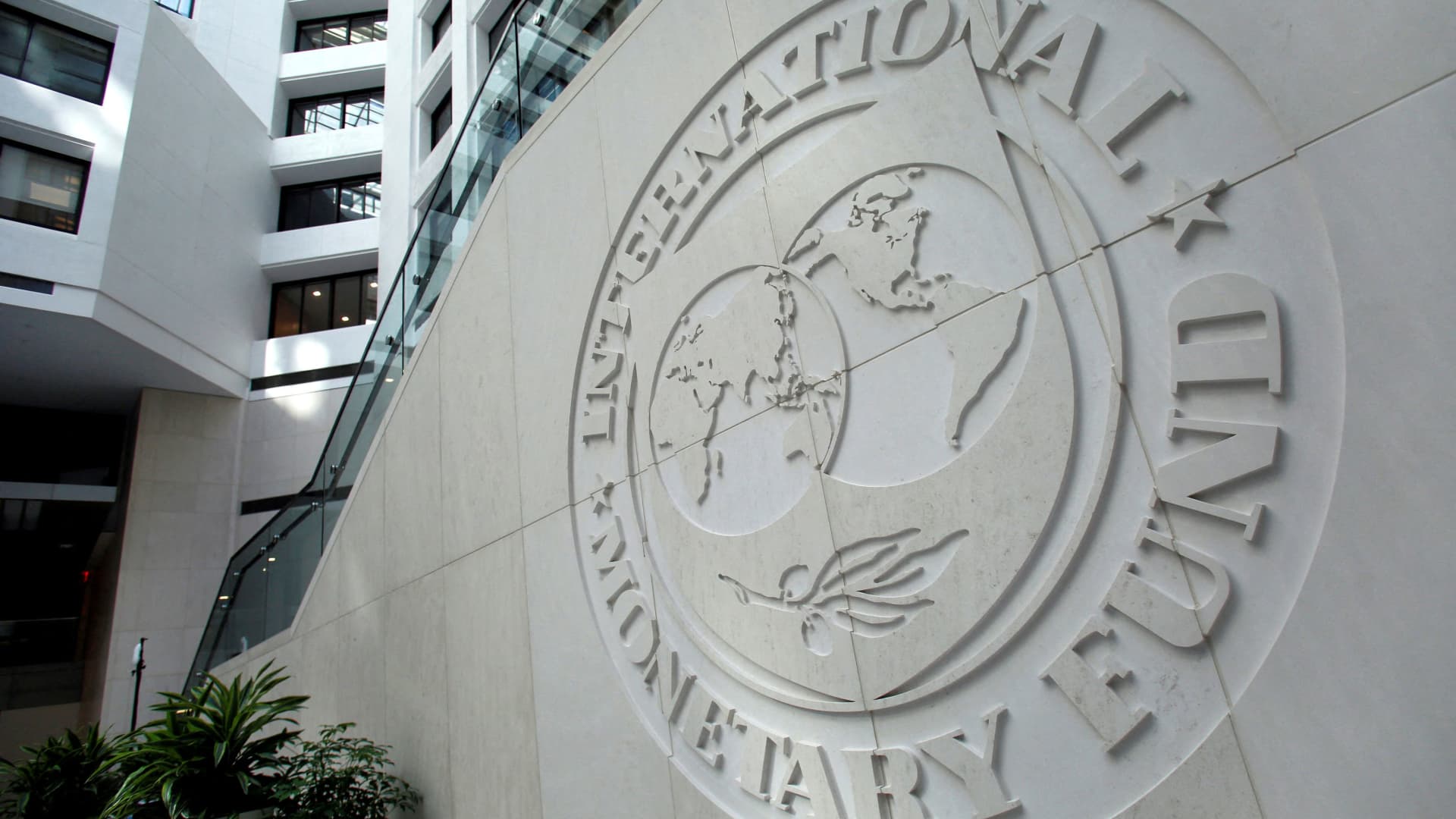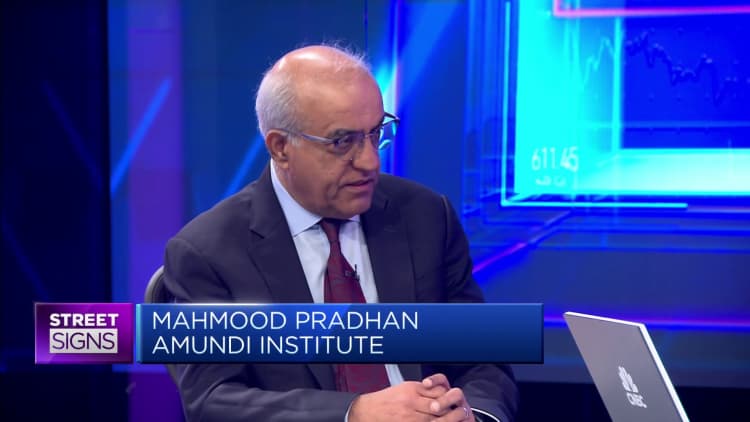
The new economic measures laid out by the U.K. government “will likely increase inequality”, according to a spokesperson from the International Monetary Fund.
Yuri Gripas | Reuters
BEIJING — The International Monetary Fund on Tuesday raised its China growth forecast to 5.4% for 2023.
The IMF cited better-than-expected third-quarter growth and Beijing’s recent policy announcements.
However, the IMF still expects growth to slow next year to 4.6% “amid continuing weakness in the property market and subdued external demand.”
In October, the IMF had lowered its growth forecast for China to 5% this year and 4.2% next year.
“Financial stability risks are elevated and still rising, as financial institutions have lower capital buffers and growing asset quality risks,” the IMF’s First Deputy Managing Director, Gita Gopinath, said in a statement Tuesday.

She and other IMF representatives visited China from Oct. 26 to Nov. 7.
A readout said Gopinath met with People’s Bank of China Governor Pan Gongsheng, China Securities Regulatory Commission (CSRC) Chairman Yi Huiman, National Bureau of Statistics Commissioner Kang Yi, Vice Minister of Commerce Wang Shouwen, Vice Minister of Finance Liao Min and EXIM Chairman Wu Fulin.
China reported third-quarter gross domestic product grew by 4.9%, beating expectations and bolstering forecasts for full-year growth of around 5% or more.
Policymakers still took steps in the last few weeks to announce further support for the struggling real estate sector and local governments. Beijing also made the rare decision to increase the budget deficit.
“The authorities’ goal to engineer the needed adjustment in the property market is welcome,” Gopinath, said in the statement. “The challenge is to minimize the economic costs and contain risks to the macrofinancial stability.”
“Importantly, the recently concluded Central Financial Work Conference announced medium-term priorities, with a welcome focus on risks from the property sector, local government debt, and small and medium banks,” she said.
